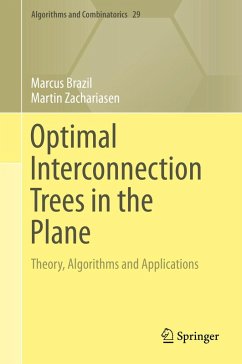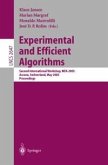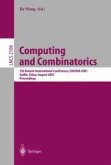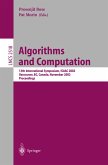This book explores fundamental aspects of geometric network optimisation with applications to a variety of real world problems. It presents, for the first time in the literature, a cohesive mathematical framework within which the properties of such optimal interconnection networks can be understood across a wide range of metrics and cost functions. The book makes use of this mathematical theory to develop efficient algorithms for constructing such networks, with an emphasis on exact solutions.
Marcus Brazil and Martin Zachariasen focus principally on the geometric structure of optimal interconnection networks, also known as Steiner trees, in the plane. They show readers how an understanding of this structure can lead to practical exact algorithms for constructing such trees.
The book also details numerous breakthroughs in this area over the past 20 years, features clearly written proofs, and is supported by 135 colour and 15 black and white figures. It will help graduate students, working mathematicians, engineers and computer scientists to understand the principles required for designing interconnection networks in the plane that are as cost efficient as possible.
Marcus Brazil and Martin Zachariasen focus principally on the geometric structure of optimal interconnection networks, also known as Steiner trees, in the plane. They show readers how an understanding of this structure can lead to practical exact algorithms for constructing such trees.
The book also details numerous breakthroughs in this area over the past 20 years, features clearly written proofs, and is supported by 135 colour and 15 black and white figures. It will help graduate students, working mathematicians, engineers and computer scientists to understand the principles required for designing interconnection networks in the plane that are as cost efficient as possible.
Dieser Download kann aus rechtlichen Gründen nur mit Rechnungsadresse in A, B, BG, CY, CZ, D, DK, EW, E, FIN, F, GR, HR, H, IRL, I, LT, L, LR, M, NL, PL, P, R, S, SLO, SK ausgeliefert werden.
"The book presents an interesting and quickly developing area of research and will be useful for researchers working in this area and for those wanting to learn more about geometric Steiner tree problems." (Yongtang Shi, Mathematical Reviews, December, 2015)
"The focus of this monograph is the geometric Steiner tree problem, i.e., how to optimally connect, in a geometric plane, a collection of n given terminals, together with an additional set of Steiner points, in terms of a measuring metric. ... monograph is also intended as a textbook at a graduate level, thus comes with a decent collection of exercises, with varying difficulty degrees, at the end of each chapter, mostly assigned in a relevant context throughout the main text." (Zhizhang Shen, zbMATH 1319.05044, 2015)
"The focus of this monograph is the geometric Steiner tree problem, i.e., how to optimally connect, in a geometric plane, a collection of n given terminals, together with an additional set of Steiner points, in terms of a measuring metric. ... monograph is also intended as a textbook at a graduate level, thus comes with a decent collection of exercises, with varying difficulty degrees, at the end of each chapter, mostly assigned in a relevant context throughout the main text." (Zhizhang Shen, zbMATH 1319.05044, 2015)









